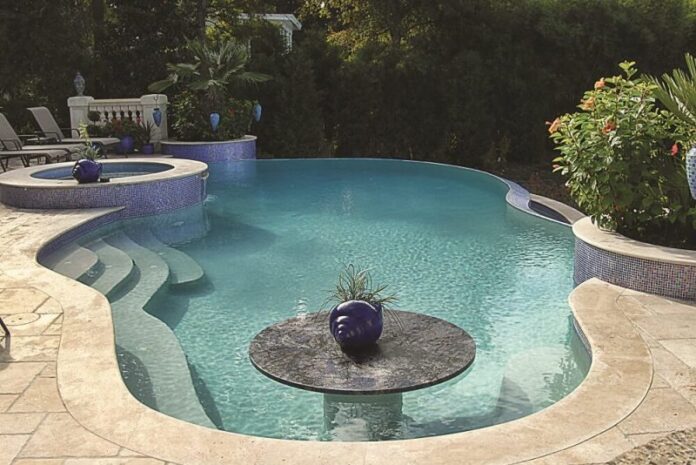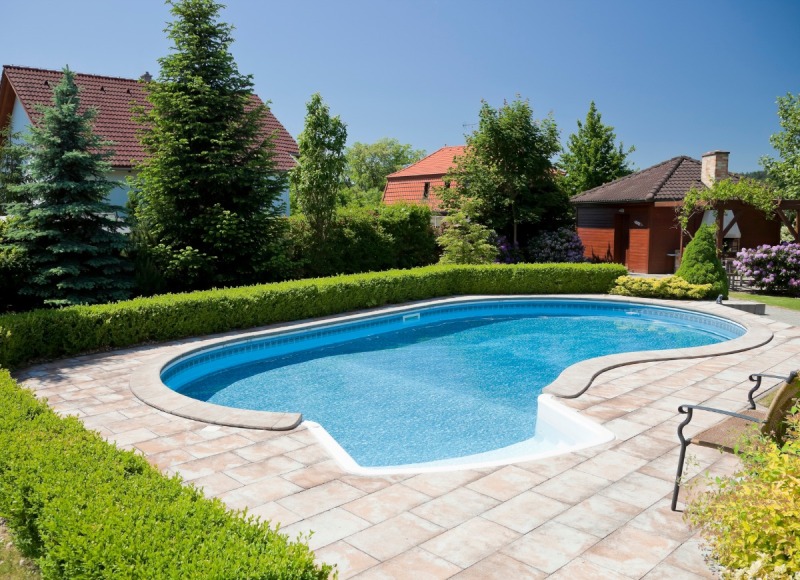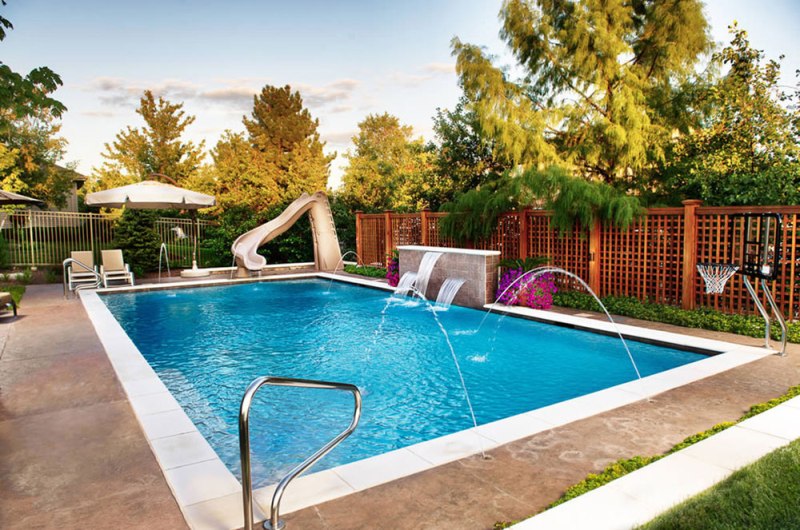Installing a pool in your home is a heavy investment that you should enjoy using whenever you want. But this is not always possible.
Summer is always the best time to swim. You don’t have to think about anything. If you feel like it is too hot, you jump into your pool and enjoy your moment. That is a luxury you cannot afford any other season after summer.
But the fun doesn’t have to end there.
After summer, some people prefer to close down their pools and abandon swimming until the next hot season. They only use their swimming pool for just about 3 Months in a whole year. For such a heavy investment, 3 Months are not enough to enjoy swimming. You will need more time to get value for your money.
There is only one way to extend your swimming season; heating your pool. In fact, you can even swim throughout the whole year by heating your swimming pool, if you want. So for that purpose you should think about getting a pool heater and you can swim any time you want.
There is just one challenge.
Heating a pool costs money and can sometimes be very expensive, depending on the method used.
In this article, we will highlight the best ways to heat your pool without spending so much.
But first……,
Factors to Consider When Choosing a Pool Heating Method
There are so many methods to heat a pool, and they all serve different purposes. Factors you need to consider to find the ideal option include;
- The overall size of your swimming pool
- The location of your pool
- Your budget
- Your preferred source of energy
- The water temperature you want to achieve etc.
- Ideally, the pool heating method you choose should be effective and efficient.
Pool Heating Methods
When it comes to heating your pool, there are two pool heating systems you might want to buy. These are
A solar pool heating system
A Heat pump
The biggest question is, which one should you buy? Or rather, which one is better?
Below is a comparison
Solar Pool Heating System
Solar pool heating is one of the most popular ways to heat a pool. It relies on solar energy to work, so you don’t have to pay for anything. Once you buy and install the solar pool heating system, that’s it. As long as there is sunlight, you are good to go.
What if there is no sunlight, I.e., on a rainy day, during winter, or at night? In that case, your solar heating system will not work, and your pool will not heat. That’s the only challenge of using a solar pool heater; otherwise, the system is effective and cost-efficient.
A Heat Pump
A heat pump relies on warm air to heat the pool and will work just fine, as long as it is warm. On a cold day or at night, the pool heating system is not so efficient. Apart from that, heat pumps use electricity to run and can be very expensive to maintain.
As you can see, these two pool heating systems are so good as long as they are under the right conditions. The best way to maximize your advantage is to use them together instead of choosing one. But let the solar pool heater be the primary heating system.
Check the Coefficiency of Performance (COP)
When buying your pool heat pump in Brisbane, make sure you check the COP. COP is the performance rating of the heat pump. It is, in simple terms, a measure of energy efficiency. A higher COP rating means that the heat pump is more energy efficient.
Consider Your Timing
If you use a heat pump to heat your pool, you need to plan your timing. Heat pumps don’t do well in the cold environment and are highly efficient when it is warm. For that reason, avoid running your heat pump on a cloudy day or very early in the morning. Wait for the weather to warm.
Ideally, you can set your filtration system to run when it is warmest. A heat pump cannot operate without a water flow, and the only way that will come is if the filtration system runs. If you get the timing right, your heat pump will operate at its best.
Use Pool Blankets
The sun is a free and natural pool water heater. During the day, the sun hits your pool water with its rays heating it to about 0.7 degrees per hour. But that leads to evaporation which is the primary cause of heat loss.
At night, your pool loses all the heat gained during the day.
The best way to prevent that from happening is to minimize evaporation.
There are two ways you can do that
Using a solid Pool blanket
Using a liquid pool blanket
A Solid Pool Blanket
There are two common types of solid pool blankets.
One is automated. It has tracks and a motor to roll the pool blanket on the pool’s surface. These kinds of pool blankets are usually expensive.
The second one is the floating blanket, which is far much cheaper. The blanket is perfect for preventing evaporation and heat loss, but it is not safe.
A Liquid Blanket
To use a liquid blanket, you’ll need to pour it across your pool. The liquid will create a layer on the surface of your pool water. That will help slow down evaporation and heat loss.
A liquid blanket is easy to use, affordable and does not pose any safety risks.
Protect Your Pool from the Wind
The logic behind heat loss and wind is easy. A flat-water surface loses less heat than a rippled one. When the wind blows over, it alters the surface area of your pool, allowing for heat to escape. The best way to deal with this is by building a shield or a windproof structure around the pool. That will help minimize heat loss and keep your swimming pool warm for longer.
Conclusion
These are some of the best ways to heat your pool and keep it warm. Now you don’t have to pause what you love doing just because summer is over. You can swim your way all through the four seasons, and you don’t have to worry about anything.




















